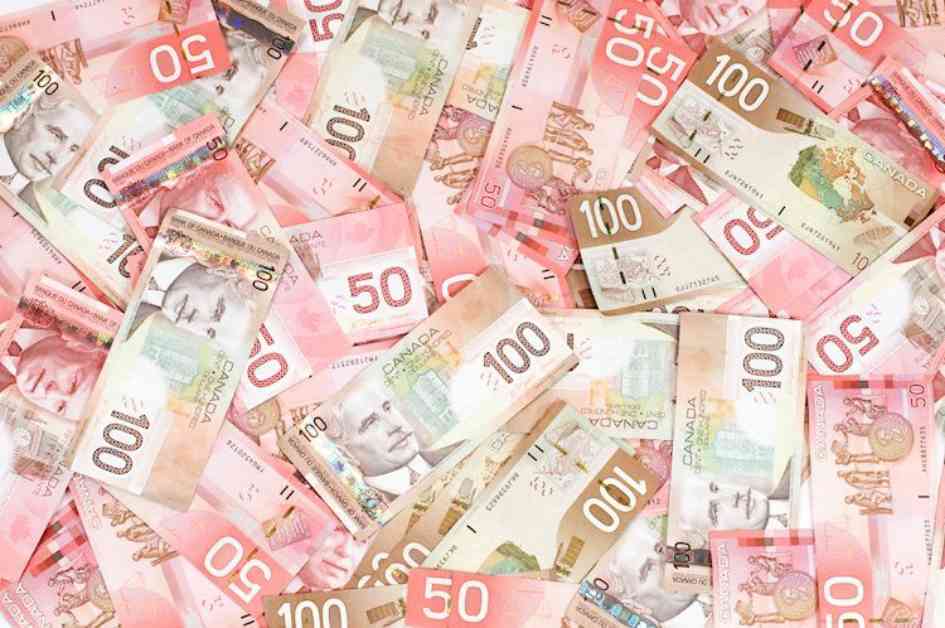The USD/CAD pair stopped its six-day losing streak and is currently trading around 1.3700 in the Asian session on Monday. This turnaround was prompted by higher-than-expected US Purchasing Managers Index (PMI) data, which boosted the US Dollar.
In June, the US Composite PMI exceeded expectations, reaching 54.6 compared to May’s 54.5. This was the highest level since April 2022. The Manufacturing PMI also saw an increase to 51.7 from 51.3, surpassing the forecast of 51.0. Additionally, the Services PMI rose to 55.1 from 54.8 in May, beating the consensus estimate of 53.7.
The US Dollar Index (DXY), which measures the USD against six major currencies, edged higher due to Federal Reserve (Fed) officials pushing back the expected timing of the first interest rate cut this year. Fed Bank of Minneapolis President Neel Kashkari suggested that it could take a year or two to bring inflation back to 2%.
Investors are now pricing in a 65.9% chance of a Fed rate cut in September, down from 70.2% the previous week, according to the CME FedWatch Tool.
On the Canadian Dollar (CAD) front, the increase in crude oil prices could help support the commodity-linked currency. Geopolitical tensions, such as Israeli troops advancing into Gaza and Ukrainian drone attacks on Russian refineries, are contributing to higher oil prices.
It’s important to note that the information provided contains forward-looking statements and should be used for informational purposes only. Before making any investment decisions, it is crucial to conduct your own research and consider all risks involved in investing in open markets.
Overall, the recent developments in the US PMI data, Fed’s stance on interest rates, and geopolitical tensions impacting oil prices are influencing the USD/CAD pair’s movements in the market. Investors should stay informed and exercise caution when navigating these volatile market conditions.








